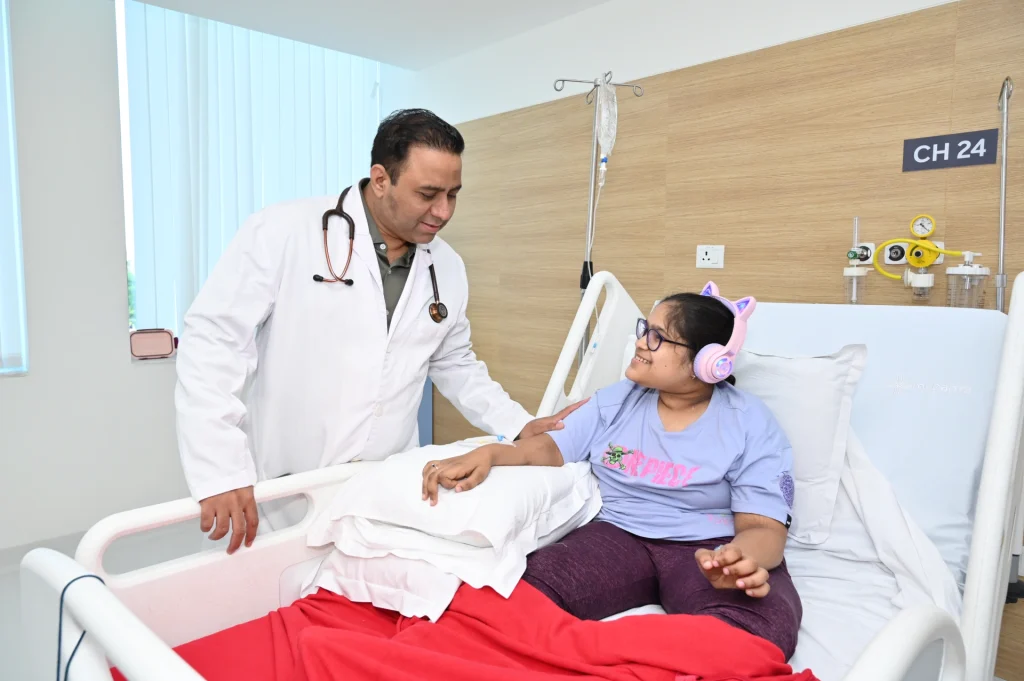- CANCER HELPLINE: 1800-22-1951
- 91 7317418888
- contact@drharshatreya.com
- CANCER HELPLINE: 1800-22-1951
carousel-slider domain was triggered too early. This is usually an indicator for some code in the plugin or theme running too early. Translations should be loaded at the init action or later. Please see Debugging in WordPress for more information. (This message was added in version 6.7.0.) in /home/locaqain/public_html/drharshatreya/wp-includes/functions.php on line 6121Oral cancer refers to cancer that develops in any part of the mouth (oral cavity), including the lips, tongue, cheeks, floor of the mouth, hard and soft palate, sinuses, and throat. It typically begins as a growth or sore in the mouth that doesn’t heal and can be life-threatening if not diagnosed and treated early.
Early detection is critical, and treatment typically involves surgery, radiation, or chemotherapy, depending on the stage and spread of the cancer. Regular dental check-ups can help identify early signs.

Genetic Mutations: ALL often results from genetic mutations that occur in the DNA of white blood cells, specifically lymphocytes. These mutations cause cells to grow and divide uncontrollably, eventually crowding out healthy blood cells. While the mutations are typically random, they can be influenced by certain risk factors.
Inherited Conditions: Certain genetic syndromes, like Down syndrome or Li-Fraumeni syndrome, are associated with a higher risk of ALL due to pre-existing DNA abnormalities.
Environmental Factors: While not directly proven, some studies suggest that exposure to high levels of radiation, specific chemicals (like benzene), and previous cancer treatments (chemotherapy or radiation) may increase the likelihood of developing ALL.
Age and Gender: ALL is more common in children, especially those aged 3-5 years, though adults can also develop the disease. Males are generally at a slightly higher risk than females.
Infections in Early Life: Although still under study, some research suggests that certain infections during infancy might contribute to a higher risk of ALL, possibly due to immune system activation.
ALL is a rapidly progressing disease, but with modern treatments, many patients achieve remission. Treatment plans are customized based on age, health, and disease stage.
Chemotherapy: Chemotherapy is the cornerstone treatment for ALL. A combination of drugs is used to kill cancer cells throughout the body. This treatment usually occurs in multiple phases, including induction (to achieve remission), consolidation (to destroy any remaining cancer cells), and maintenance therapy (to prevent recurrence).
Targeted Therapy: For patients with specific genetic markers, targeted drugs can be used to attack leukemia cells directly while sparing healthy cells. Examples include tyrosine kinase inhibitors (like imatinib) for patients with the Philadelphia chromosome, a specific genetic mutation linked to ALL
Radiation Therapy: Radiation is less commonly used but may be applied in cases where ALL has spread to the brain or spinal cord.
Stem Cell Transplant: For high-risk cases or when standard treatments are less effective, a stem cell transplant may be considered. This procedure involves replacing the patient’s bone marrow with healthy stem cells from a donor, allowing the body to produce new, healthy blood cells.
Immunotherapy: CAR T-cell therapy is an emerging treatment that involves modifying a patient’s immune cells to recognize and destroy leukemia cells. It is highly promising, especially for relapsed cases.
© 2024 Harshvardhan Atreya. All Rights Reserved.